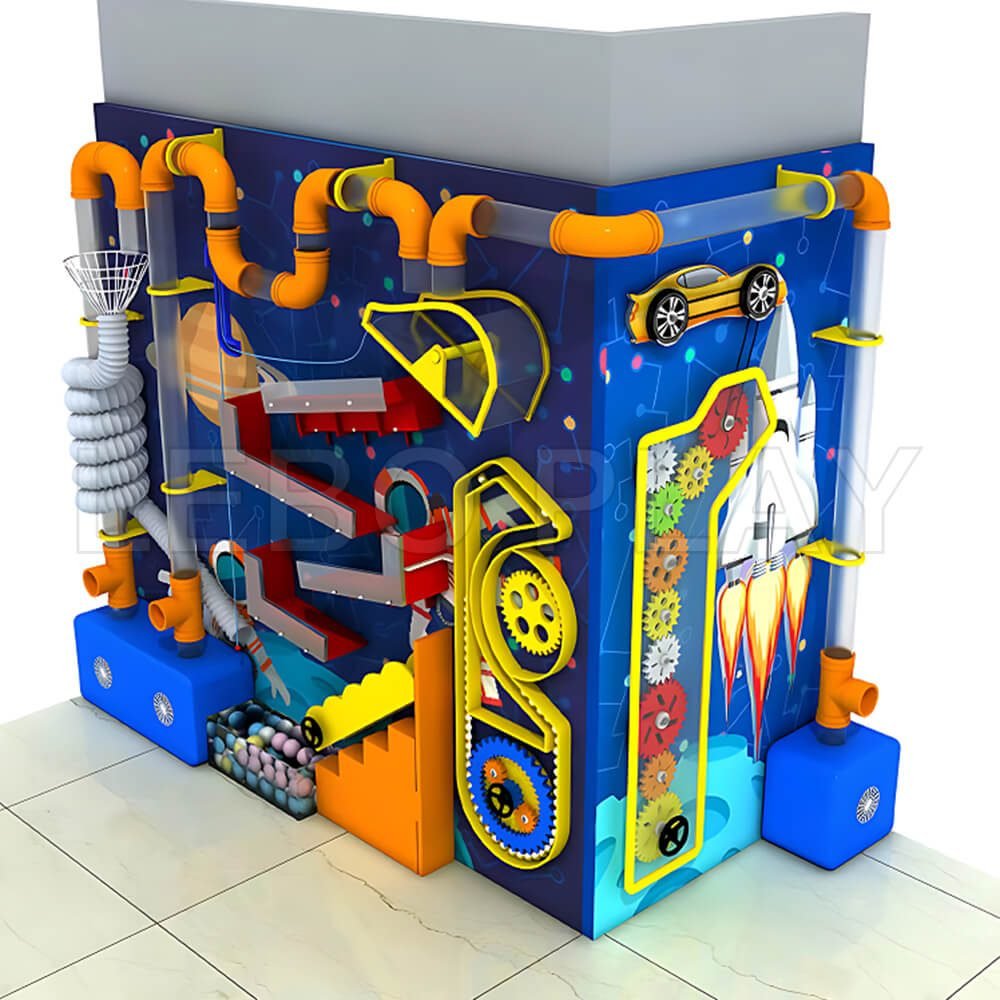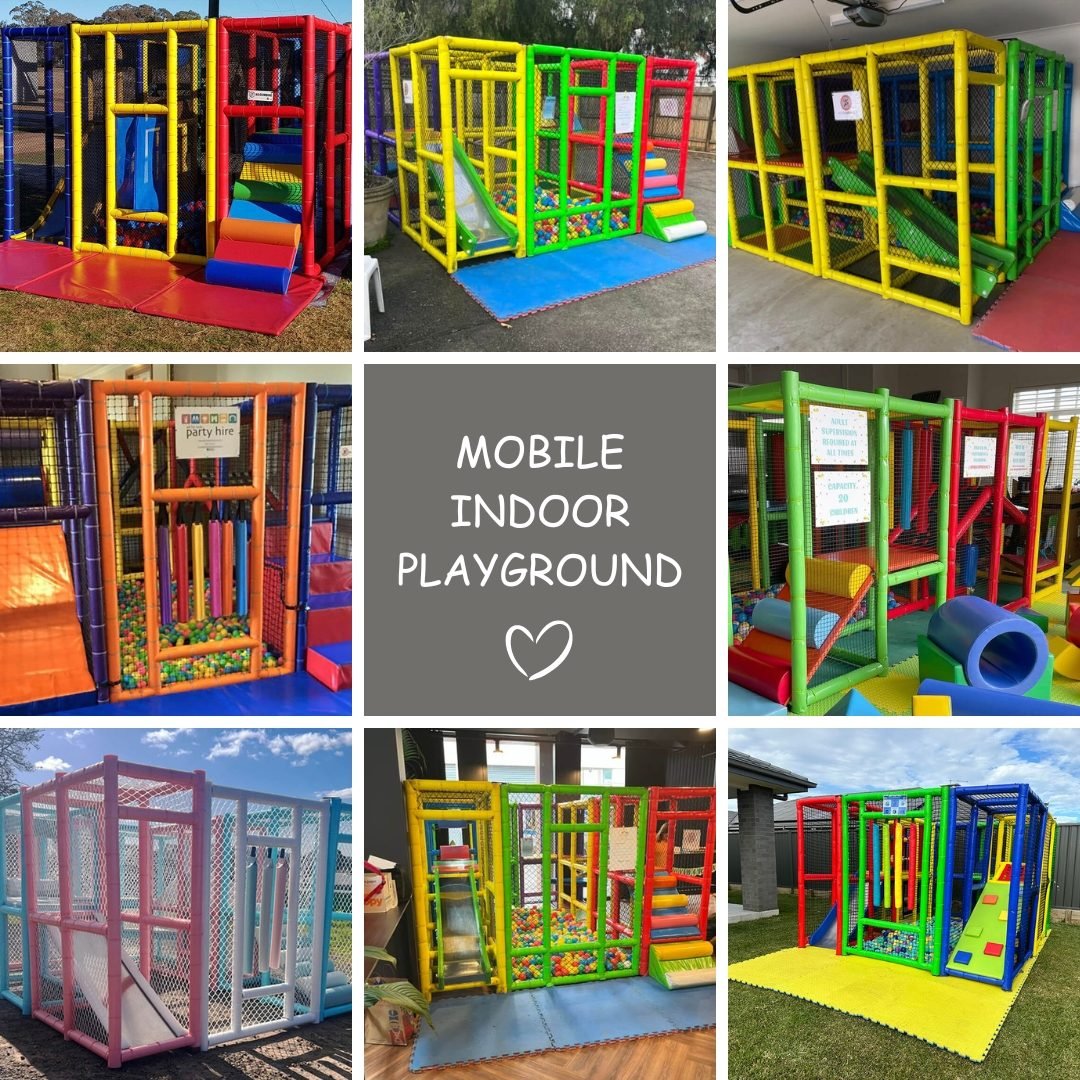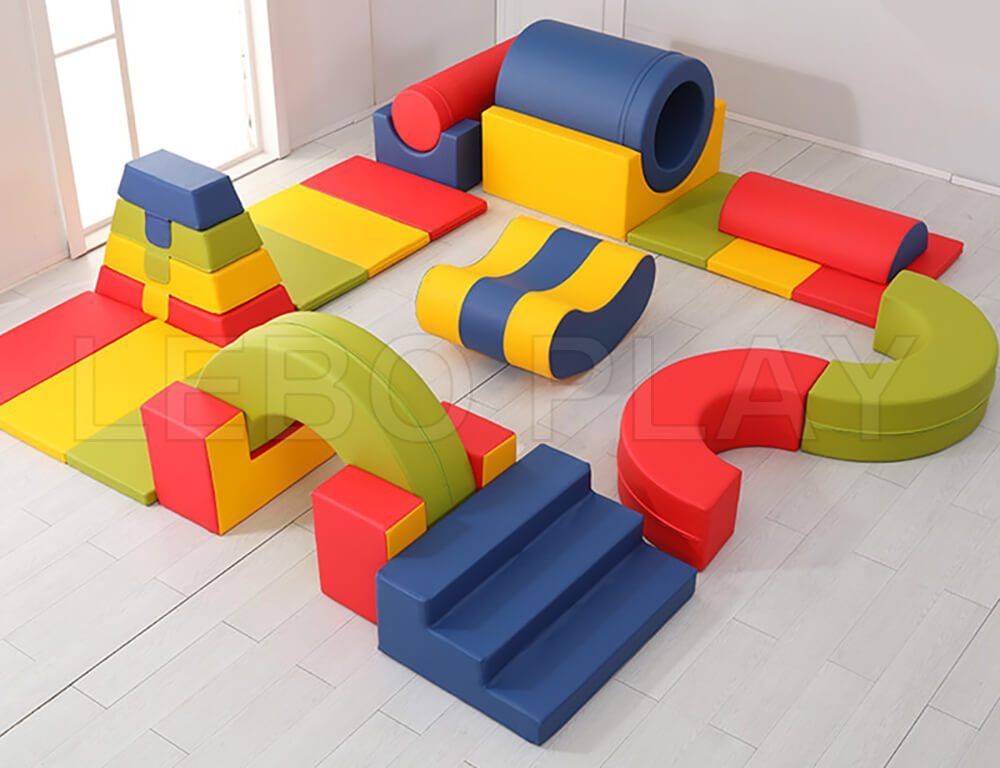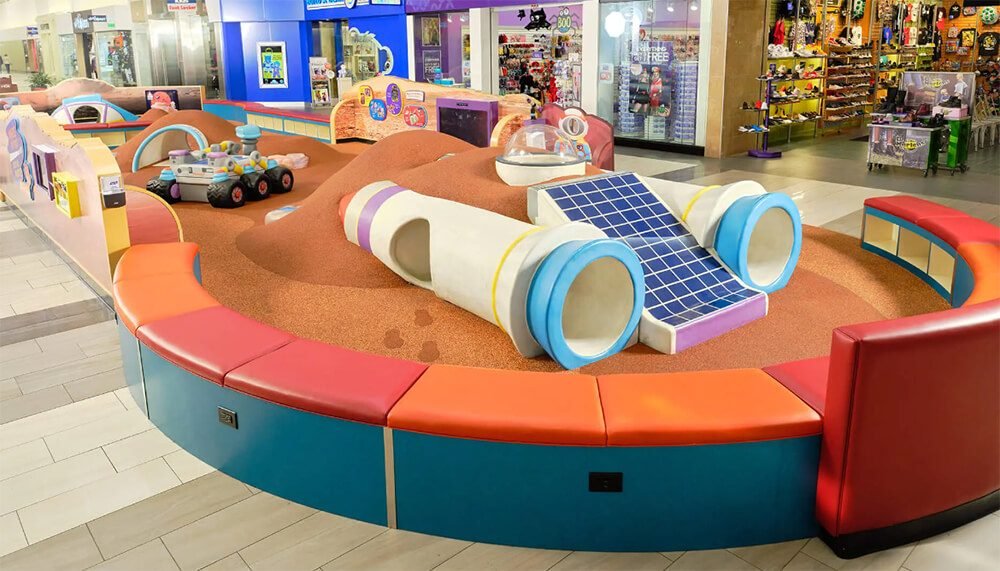Designing an indoor playground in a small space can be overwhelming. You want to have fun, safety, and variety, but with the limited space, you wonder if you can do it. You may be afraid everything will be too crowded. You might be afraid you’ll create a chaotic, cramped environment. You might be afraid to even start your project. But you can take even the smallest space and turn it into an exciting, dynamic play area that kids will love when you know how.
When you’re designing an indoor playground for a small space, you need to be creative. You can go up with multi-level structures to save floor space, use walls for climbing or interactive panels, and choose compact, portable equipment that you can easily put away when not in use. Combining features like slides with tunnels or obstacle courses gives you a lot of play value without overcrowding the space. When you do these things, you can build a playground that’s both practical and fun, no matter how small the space is.
Tips for Designing Indoor Playgrounds for Small Spaces
1. Vertical Play Spaces
One of the best strategies for small indoor playspaces is to use the height. If your ceiling height allows it, you can put in multi-level play structures, climbing walls or even rope nets. By getting kids to play up, you free up a lot of floor space while adding layers of fun. This approach not only increases play value, but it also makes the play area look more exciting and inviting.

2. Make Use of the Walls
Even if your ceiling height is limited, you can still make smart use of vertical space by incorporating wall-mounted play elements. Climbing walls, interactive panels, or even monkey bars attached to the walls give you a lot of fun without taking up floor space. Wall features are particularly useful in narrow areas where you don’t have a lot of floor space, and they can double as decorative elements.

3. Compact and Portable Equipment
Another smart solution for small spaces is to choose compact and portable equipment. Inflatable bouncers, collapsible tunnels, and foldable play structures can be taken down and put away when you’re not using them, giving you a flexible area to play. When you can adjust the space quickly based on how you’re using it, you keep the play area clean and neat. This flexibility is perfect for multi-use spaces where you need to share space between playtime and other activities.

4. Combine Soft Play Set
When you’re designing for small spaces, you want to invest in multi-functional play equipment. For example, a play structure with a slide, tunnel and climbing elements all together gives you a lot of play value in a single compact unit. When you combine multiple play features into one piece, you make the play area more fun without having to buy and install a bunch of separate things.

How to Assess Your Space?
1. Measure Your Area
Before you get started, it’s important to measure your space. You need to know the dimensions of your area so you can order equipment that fits and so you can make sure the playground is safe and accessible. This also keeps you from getting frustrated by ordering equipment that turns out to be too big or too small for the space.
2. Identify Potential Obstacles
Look for any structural elements such as windows, columns, or low ceilings that could affect your layout. It’s important to plan around these things not just for design, but for the safety and functionality of the playground for kids. Also, when you have to work with what you’ve got, it often sparks creative design solutions.
We once had a play area that had a big column right in the middle of the room. Instead of letting it be a problem, we turned it into part of the design by wrapping it with padding and using it as the center of a climbing structure. When it comes to obstacles, think creatively. They can often be incorporated into your design in ways you never thought of.

3. Consider Multi-Use Areas
If you have an indoor playground in a space that serves multiple purposes, think about how you can easily change it for different uses. For example, a space might go from a play space during the day to a learning or resting area later in the afternoon. When you select foldable or stackable equipment, it makes changing the space easier and allows the area to be functional for different purposes.
Aesthetic Tips for Small Spaces
1. Bright Colors and Themes
Use bright colors and fun themes to make your space feel bigger and more exciting. When you use bright colors and create themed areas, you capture the imagination of children, making the playground more fun and making the room look bigger.
2. Mirrors and Lighting
Installing mirrors is a clever way to create the illusion of more space. Mirrors can make a small room feel double the size by reflecting light and opening up the area. Good lighting also plays a huge role. Well-lit spaces feel larger, safer, and more inviting for kids and parents alike.
3. Functional Furniture
Consider using furniture that serves more than one purpose. For example, storage benches can double as seating for parents and keep toys and play materials all put away when you’re not using them. When you keep your play area clean and neat, especially in a small space, it’s a big deal.

How Big Should an Indoor Playground Be?
For a basic indoor playground setup in a home setting, we recommend a space of at least 20-30 square meters (about 215-323 square feet). This gives you enough room for essential play equipment, while also allowing for safe movement and accessibility. For commercial spaces, small indoor playgrounds designed for younger children typically require about 1,000 to 3,000 square feet. This gives you enough space for safe play and the essentials. Medium-sized playgrounds, which cater to a wider age range, typically need about 3,000 to 5,000 square feet. Large family entertainment centers may need 7,000 square feet or more to accommodate trampolines, obstacle courses, and other attractions.
Conclusion
Designing an indoor playground for small spaces is all about making the most of what you have. By using the height, choosing compact equipment, and combining play elements, you can build a fun, safe and exciting playground that takes advantage of the space you have. When you plan carefully and get creative, you can turn even the smallest space into a fun place for kids to play. Whether you’re designing for a home or a commercial space, these strategies will help you make a place that’s both practical and packed with play value.

